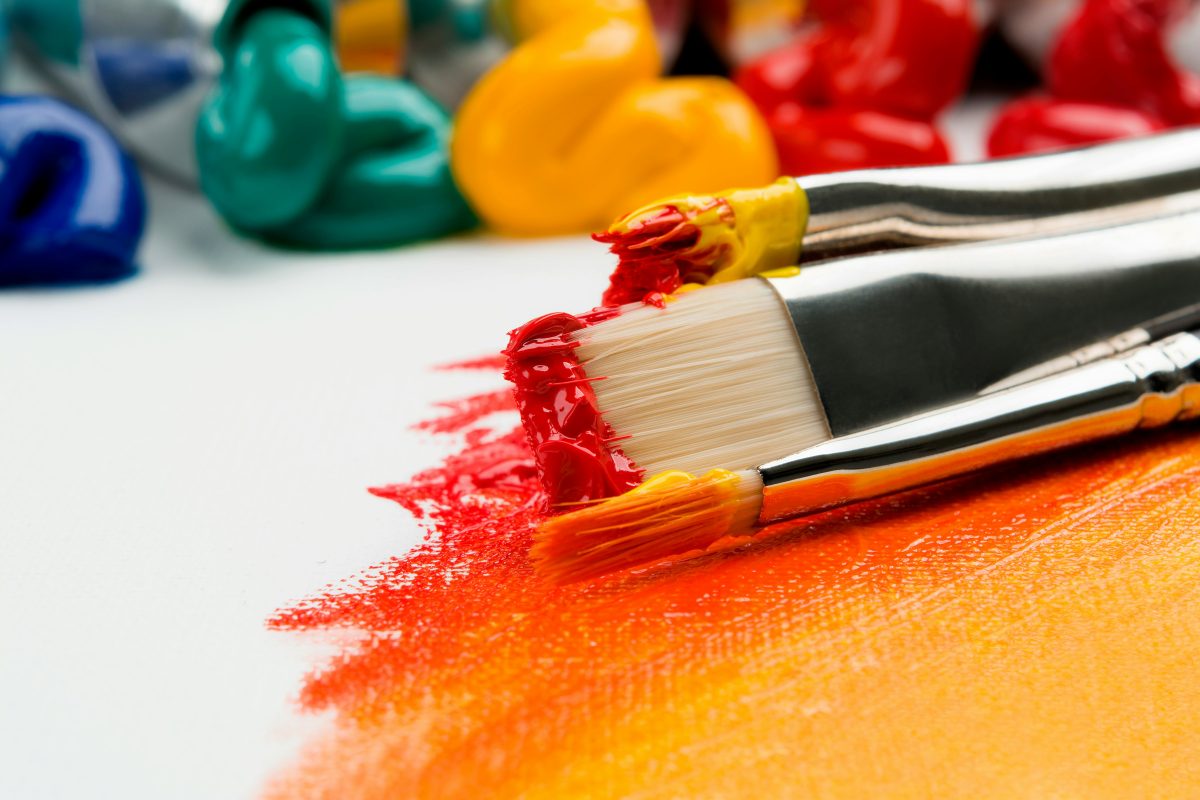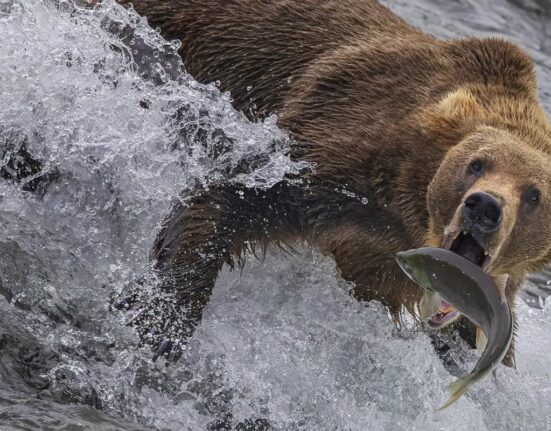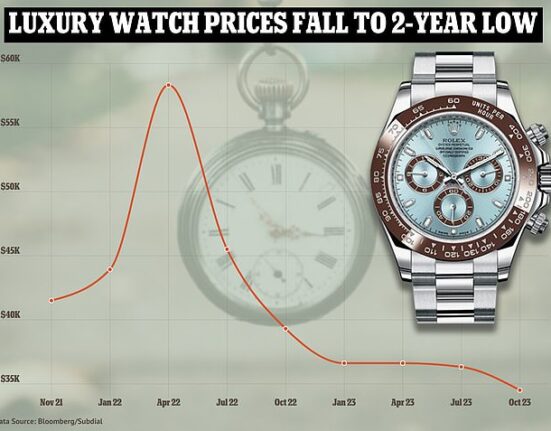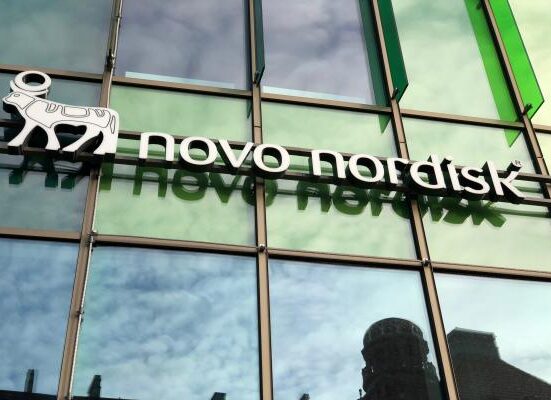Investors eyeing the FTSE 100 index are optimistic about a potential turnaround in fortunes for the under appreciated market in the upcoming year. Despite experiencing a notable discount compared to its global counterparts in 2023, market sentiment suggests that lower interest rates could be the catalyst for change in 2024. In contrast to London’s large-cap benchmark, which saw only modest gains throughout the previous year, Wall Street’s S&P500 index soared by a remarkable twenty percent. This stark discrepancy underscores the impact of divergent monetary policies and economic outlooks between the UK and the US.
Market optimism surrounding the S&P 500 was fueled byexpectations of a soft landing for the US economy, coupled withanticipations of at least three Federal Reserve rate cuts in the coming year. These measures are seen as potential drivers forsustained growth and investor confidence in US equities. Againstthis backdrop, investors are closely monitoring developments in global economic dynamics and central bank policies, recognizingthe potential implications for the FTSE 100 index. The prospect oflower interest rates could stimulate investment activity, bolstercorporate earnings, and ultimately contribute to a resurgence in the performance of UK stocks. As investors navigate evolvingmarket conditions and assess the relative attractiveness ofdifferent asset classes, the FTSE 100 stands poised for potentialgains in 2024. However, uncertainties persist, and prudent riskmanagement remains paramount in navigating the intricacies ofthe global financial landscape.
Trading Tips
Stock trading in the UK and the world of arts may seem liked instant realms, but their intersection presents intriguing investment opportunities and trading tips that investors should consider. While the stock market traditionally deals in financial assets, investing in art-related stocks provides exposure to the thriving art industry, offering a unique blend of financial potential and cultural appreciation.
Investing in art can serve as a pathway to financial independence, offering the potential for significant returns over the long term. While art is traditionally viewed as a passion-driven pursuit, holding onto art assets for extended periods, often a decade or more, can prove to be a lucrative strategy for generating future income. Historical artworks, particularly those by renowned artistslike Da Vinci and Modigliani, command staggering prices at auctions, sometimes exceeding $100 million. However, contemporary artwork is emerging as an increasingly attractiveinvestment option. Since 1985, contemporary art has delivered anannualized return of 7.5% to investors. Despite the overall art market being valued at approximately $64 billion in 2018, contemporary artworks are relatively more affordable, makingthem appealing investment opportunities.
Nevertheless, investing in art presents unique challenges. The value of artworks is largely subjective and driven by consumer sentiment. Therefore, an artwork’s worth is contingent upon the perceptions of others, with no guarantee of future profitability. Consequently, art investments are considered alternative investments and carry inherent risks. Now that we’ve explored the ‘why’ behind investing in art, let’s delve into the ‘how’—identifying a good art investment.
How to Identify a Good Art Investment
Investing in art carries inherent risks, as there’s no assurance thatany artwork will appreciate in value. While safer investments mayinclude larger, well-known pieces of art, they often exceed the budgets of most investors. However, some art investments haveyielded remarkable returns:
• “Patrick and Omari” by Jordan Casteel sold for £299,250, exceeding its estimated value of £40,000-£60,000.
• “Untitled (Symbol)” by Henry Taylor sold for £230,750, surpassing its estimated value of £30,000-£50,000.
• “Georgia” by Shara Hughes sold for £337,500, exceeding itsvaluation of £60,000-£80,000.
• Artworks by Loie Hollowell have seen valuations rise from a few thousand to £359,250 in just three years.
While success in art investment isn’t guaranteed, closelymonitoring the art world and identifying promising emergingartists can uncover valuable investment opportunities. By stayinginformed and observing trends, investors can potentially capitalizeon the growth potential of art assets in their portfolios.







